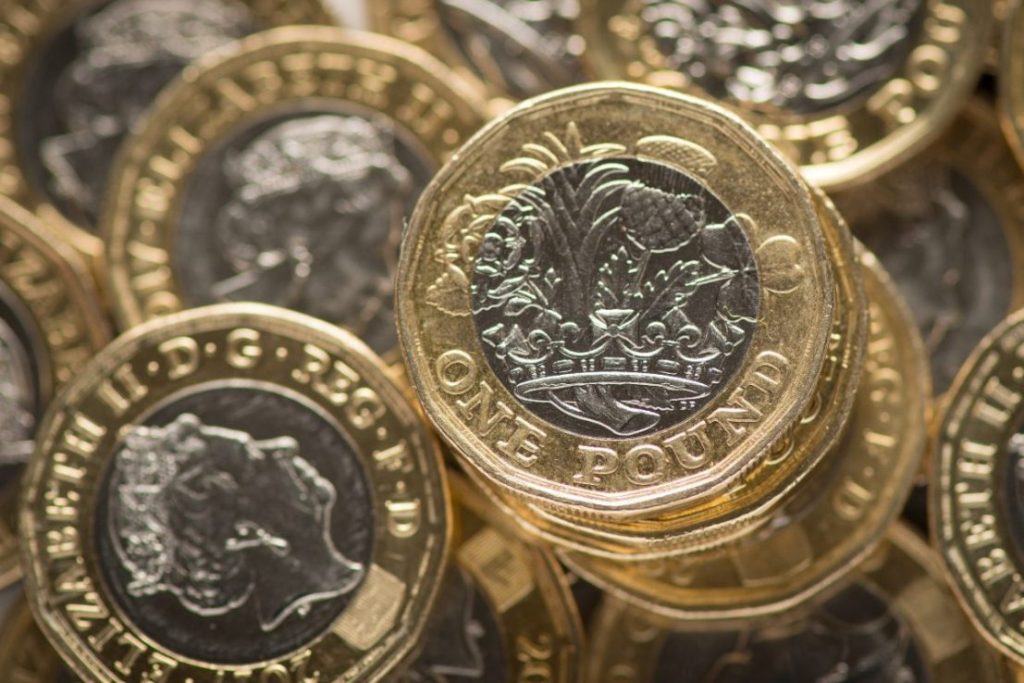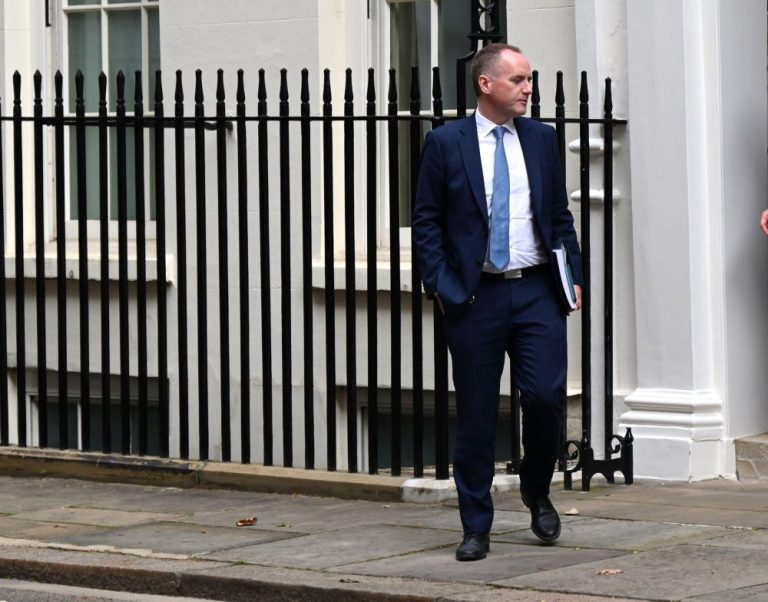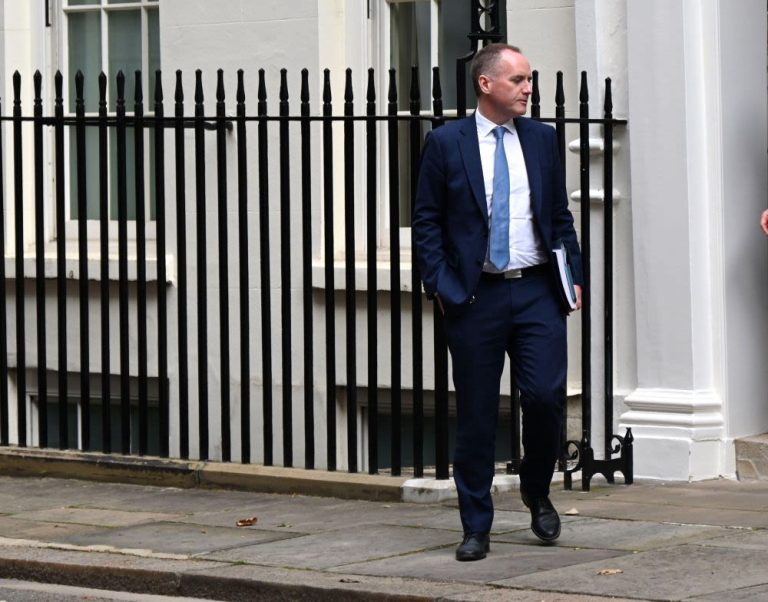
Sterling’s Surge: Riding an 8% Rally Since January
The pound sterling has steadily climbed against the U.S. dollar in 2025, gaining more than 8% since the start of the year. By Monday evening, it had risen another 0.6% to trade at $1.3523. This momentum marks one of the most sustained rallies in recent years, bringing the pound close to multi-year highs against the greenback.
Key Drivers Behind the Pound’s Strength
A variety of factors have combined to weaken the dollar and strengthen the pound:
- Bond Market Weakness: U.S. Treasury yields have softened as investors anticipate a slower pace of Federal Reserve tightening and concerns over U.S. debt levels.
- Global Trade Tensions: Renewed fears of escalating tariffs and trade disputes have prompted some investors to reduce dollar exposure in favour of safer or more diversified currencies, like the pound.
- Softer U.S. Economic Data: Recent reports on retail sales, manufacturing and services have fallen short of expectations, leading markets to question the strength of the U.S. recovery.
These dynamics have eroded confidence in the dollar’s near-term prospects, prompting traders to rotate into sterling.
Washington’s Tax Crackdown: A Blow to Foreign Investment
The U.S. government’s recent passage of the “Enforcement of Remedies Against Unfair Foreign Taxes” legislation has also weighed on the greenback. Under this law, companies from countries deemed to have “discriminatory” tax regimes face higher withholding rates when operating in the U.S. Analysts warn this measure may further deter foreign investment into American markets—an additional headwind for the dollar.
Analysts Turn Bearish on the Dollar
Forecasts from major banks signal more pain ahead for the dollar:
- Morgan Stanley projects the dollar could fall to levels not seen since the onset of the coronavirus pandemic by mid-2026.
- Goldman Sachs strategists cite the new tax law and persistent trade disputes as reasons for their bearish stance, predicting the dollar index will keep sliding against a basket of major currencies.
Dollar Index Slides Further
The U.S. Dollar Index, which tracks the greenback against six major currencies, has slipped around 0.6% in the last 24 hours alone. This downward pressure reflects a broader repricing of risk assets, with traders now anticipating weaker U.S. yields and more aggressive Fed pivots.
“The Weakest Currency in the G10 Space”
Kathleen Brooks, Research Director at XTB, observes: “As we start a new month, the greenback is the weakest currency in the G10 FX space this year.” Brooks notes that although the dollar rebounded briefly in late May, the underlying macro and geopolitical environment remains unfavourable for its recovery. She warns that the dollar may merely be consolidating before another steep decline.
Brooks adds, “If trade tensions escalate once more—say, with new U.S. tariffs on China—the dollar could be under intense downward pressure.”
Potential Flashpoints to Watch
Several upcoming developments could trigger further currency shifts:
- Trade Announcements: New tariffs or sanctions could prompt safe-haven flows out of the dollar.
- Federal Reserve Signals: Any signs of a slower or faster pace of rate hikes will be closely watched by currency markets.
- U.S. Debt Ceiling Talks: Renewed budget battles in Washington risk creating volatility and undermining confidence in U.S. assets.
- Global Growth Data: Strong British economic releases could further bolster sterling, while weak U.S. data would deepen dollar weakness.
Impact on Businesses and Consumers
A stronger pound has direct implications:
- Imports become cheaper, lowering costs for British households and businesses purchasing U.S.-priced goods such as tech, oil and medical supplies.
- Exports may become less competitive, hurting manufacturers and service providers who sell abroad.
- Travel Costs fall for Britons booking holidays in the U.S., as their pounds stretch further.
Companies with dollar-denominated revenues could see improved profit margins when converted back into sterling.
Outlook for Sterling
While sterling’s rally shows no immediate signs of abating, markets remain cautious. Investors will be watching UK inflation, Bank of England policy signals, and any shifts in global risk sentiment. Should the BoE hint at a more hawkish stance, sterling could extend its gains. Conversely, renewed dollar strength from a surprise Fed pause or improved U.S. data might stall the pound’s advance.
Conclusion: A Pound on a Mission
Sterling’s march toward multi-year highs is underpinned by a confluence of bond market ripples, trade skirmishes, U.S. tax clampdowns and fading dollar confidence. With analysts at major banks forecasting further declines for the greenback, the pound appears poised to maintain its upward trajectory—at least until fiscal and monetary policies shift again on either side of the Atlantic.




